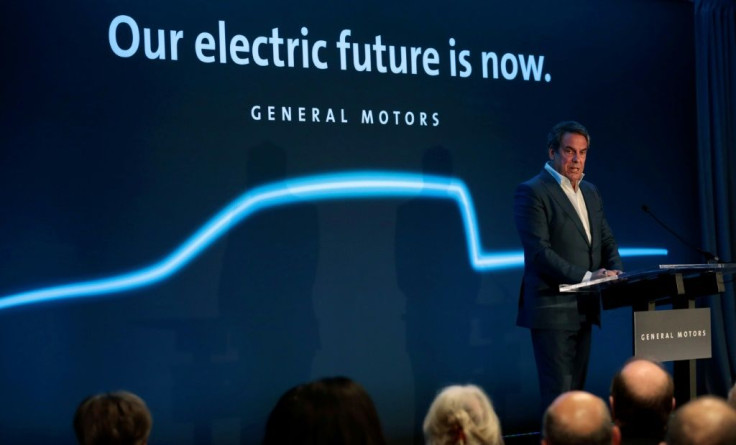General Motors Will Spend $3 Billion To Build Electric Trucks In Detroit

General Motors (NYSE:GM) said that it plans to spend $3 billion to convert a 1980s-era Detroit factory to build a new generation of battery-electric trucks and SUVs -- and a self-driving taxi -- starting next year.
The announcement, which had been foreshadowed by GM's new national contract with the United Auto Workers labor union, wasn't a surprise. But auto investors interested in electric and self-driving vehicles should take note. Here's what we know.
What General Motors said
In a press conference, GM president Mark Reuss said that the company will turn its Detroit-Hamtramck Assembly Plant, which opened in 1985, into its first dedicated electric-vehicle factory. Production of the factory's current models, the Cadillac CT6 and Chevrolet Impala sedans, will end in February.
The factory currently employs about 800 workers on one shift. GM said that it will employ a total of 2,200 workers once production of the new electric vehicles is up and running.
About $2.2 billion will fund a complete overhaul of the 4.1 million-square-foot factory, including extensive upgrades of the plant's "body shop" (where body panels are made) and "paint shop" (where vehicles are painted). GM will spend another $800 million on supplier tooling and other projects related to getting its new line of electric trucks into production.
Batteries for the electric trucks will come from a new factory in Lordstown, Ohio, to be built by a joint venture between GM and Korean electronics giant LG Chem.
GM said that it will have the factory ready to begin building those all-new electric trucks starting in late 2021.
What will GM build at this factory?
GM plans to build "multiple" new electric trucks and SUVs at the factory over the next few years, Reuss said: "This [new electric-truck platform] is architected to be scalable and will be used for multiple brands, with multiple variants, with multiple customers and will offer different ranges of performance at different price points to meet customers, wherever they are. Through this investment, GM is taking a big step forward in making our vision of an all-electric future a reality."
GM said that the first product will be a new electric pickup truck. It might be a Hummer: GM is reportedly preparing to bring back its dormant brand of over-the-top SUVs as an all-electric sub-brand of GMC, though GM officials wouldn't confirm that on Monday. (GM may be planning to reveal the vehicle in a Super Bowl ad.)
The factory's second product, after the new pickup, will be the Cruise Origin, a van-like self-driving taxi unveiled by GM subsidiary Cruise Automation last week. Production of the Origin will begin in early 2022.
What it means for auto investors
Here's the takeaway: GM is spending real money to make its announced vision -- that "all-electric future" -- a reality. This is a big investment, a sign that GM expects to be building (and selling) a lot of profitable products at the overhauled Detroit-Hamtramck factory.
It's somewhat disappointing, but unsurprising, to learn that the Cruise Origin is about two years away. But the promised line of electric trucks should pique investors' interest: We might learn more about those trucks during the Super Bowl broadcast this weekend.
John Rosevear owns shares of General Motors. The Motley Fool has no position in any of the stocks mentioned. The Motley Fool has a disclosure policy.
This article originally appeared in The Motley Fool.





















